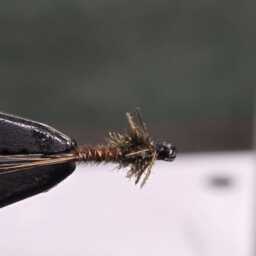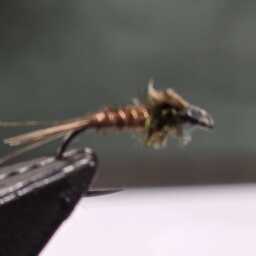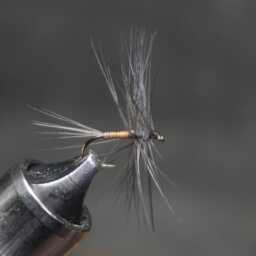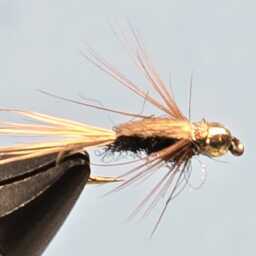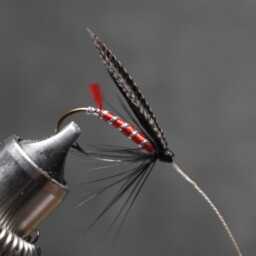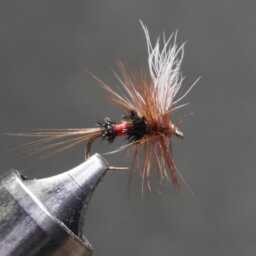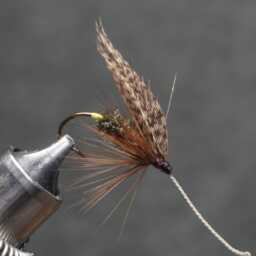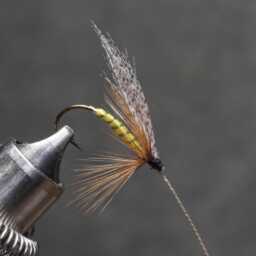The Indian peacock (Pavo cristatus) is renowned for its stunning iridescent blue and green plumage, which shines with a metallic sheen. In both species of peafowl, males are significantly larger and longer due to their elaborate “tail,” known as the “train.” Contrary to what might be expected, the train is made up of highly elongated upper tail coverts, not tail quill feathers, and is adorned with striking eyespots that are most visible when the peacock fans its tail.
Females, or peahens, are smaller and display a more subdued plumage in shades of grey, brown, and green. They also use their plumage to deter rival females and signal danger to their young.
Peafowl refers to the two species within the genus Pavo—the Indian or blue peafowl and the green peafowl from Southeast Asia—as well as the Congo peafowl from the Congo Basin, which is closely related but not a true peafowl. Male peafowl are known for their piercing calls and their elaborate plumage, especially prominent in the Asiatic species, which use their eye-spotted trains in courtship displays.
The purpose of the peacock’s vibrant coloration and large train has sparked extensive scientific debate. Charles Darwin proposed that these features evolved through sexual selection to attract females, while Amotz Zahavi suggested they serve as honest signals of a male’s fitness, with less fit males struggling to survive with such conspicuous traits.
A group of peacocks is known as an “ostentation” or a “muster.”
« Back to Glossary Index
